

Kinematics is the study of motion and the forces that cause the motion, without considering the forces that cause the motion. In the context of 3D printing, kinematics refers to the movement of the printer's parts, such as the extruder, the print bed, and the motors that drive these parts, as they work together to build a 3D object.
The kinematics of a 3D printer are determined by the design of the printer's mechanical structure and the control algorithms that govern the movement of its parts. Most 3D printers use a Cartesian coordinate system, with the extruder and print bed moving along the X, Y, and Z axes. The printer's control system calculates the required movements of the extruder and bed based on the 3D model being printed, and sends commands to the motors to execute the necessary motions.
The kinematics of a 3D printer can have a significant impact on the quality and accuracy of the printed objects. Factors such as the stiffness of the mechanical structure, the precision of the motors, and the smoothness of the movement of the parts can all affect the final result.
A Cartesian 3D printer is a type of 3D printer that uses a Cartesian coordinate system to control the movement of the printer's extruder and print bed. In a Cartesian 3D printer, the extruder and print bed are mounted on linear guides or rails, and are moved along the X, Y, and Z axes by motors. This type of printer is also sometimes referred to as a "Cartesian robot," because it uses a system of coordinated linear axes to position the extruder and bed.
The advantage of a Cartesian 3D printer is that it is relatively simple to design and build, and the control algorithms are straightforward. This makes it a popular choice for hobbyists and small businesses, as well as for educational purposes. The downside is that the motion of the extruder and bed is restricted to a straight line, which can limit the complexity of the objects that can be printed.
Other types of 3D printers, such as delta printers and polar printers, use different coordinate systems and mechanisms to control the movement of the extruder and bed. These printers can offer different capabilities and trade-offs in terms of print speed, accuracy, and the types of materials that can be used.
Flashforge Creator 4 is a professional FFF 3D printer for commercial use - https://top3dshop.com/product/flashforge-creator-4-a-3d-printer.
A delta 3D printer is a type of 3D printer that uses a Delta robot mechanism to control the movement of the printer's extruder. Delta printers are characterized by their triangular "delta" configuration, with three arms connected to the base of the printer and the extruder mounted at the top.
In a delta printer, the extruder is suspended by three cables or rods, which are connected to stepper motors at the base of the printer. The motors control the movement of the extruder along the X, Y, and Z axes by changing the lengths of the cables or rods. This allows the extruder to move in a more complex and fluid motion than is possible with a Cartesian printer, which is restricted to straight line movement along the axes.
Delta printers are generally faster and more accurate than Cartesian printers, but they can be more complex to design and build, and the control algorithms are more difficult to implement. They are also typically more expensive than Cartesian printers, due to the additional motors and hardware required. Delta printers are well-suited for printing large, complex objects, and are often used in research and industrial applications.